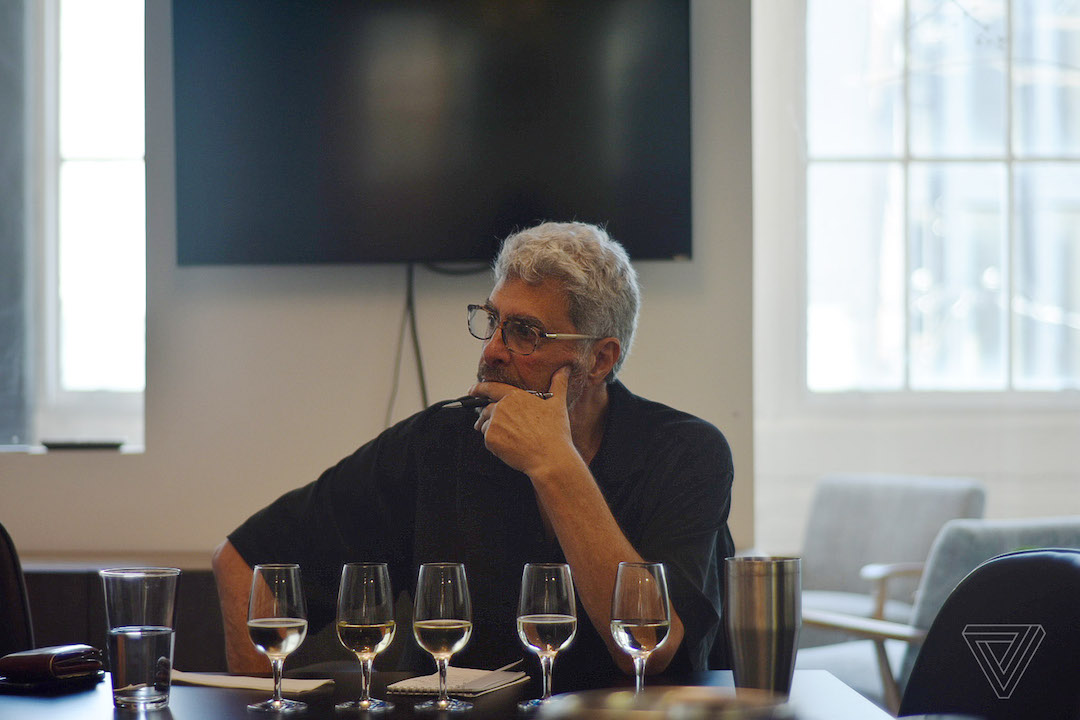“If you are a small, family-owned winery … you probably can’t do better than Alan Goldfarb as your PR rep.”
~ Tom Wark, Fermentation -- Substack, April 22, 2022

How To Tell Your Winery Story Effectively
A wine publicist/writer reminds us that wine PR is an art and profession
I don’t know how many winery and wine-related businesses have engaged my services as a publicist and media-relations professional over the past 30 years. It’s a lot. But what is interesting is that the formula for helping companies draw positive attention to their products and services through media outreach has not changed in those thirty years despite the drastic changes that have overcome the media landscape in that time.
… I was reminded of just how important the storytelling part of this formula is when I saw a press release from Alan Goldfarb announcing his public and media relations services’ new website …
Alan is a wine media relations specialist living in the Bay Area. He’s very good. Do you know why he is very good? Because for much of his working life he was a journalist who specialized in a variety of subject matter, but most particularly in wine. For one stretch of his career, Alan was the wine writer for the Saint Helena Star. This is a very tiny newspaper that serves the med-Napa Valley. However, its proximity to the most important wine-producing region in America made its reporting on wine of outsized influence.
What Goldfarb could have done in this position was write regular puff pieces lauding the magnificent wines and people around him. He didn’t do that. He reported, which, frankly, made his wine column not just unusual for an “industry paper” but unusual for American wine journalism.
From his press release touting his new website, Alan writes:
“If you want to attract media attention to your brand, your story must be told with authentic passion, uniqueness, and compelling interest. Wearing my journalist’s hat, I will coax that story from you and fashion it in such a way that my media colleagues will want to know more about you, your winery, your wines, and your story.”
He gets it. But the better sign that he gets the formula for doing media relations well and professionally comes from his first blog post on his new website: “Why Newspaper Folks Make the Best Flacks” in which he muses on those “flacks” that have come before him, what made them especially good at flackery and where he fits in:
“Many years ago, it was newspapers that were the training ground for public relations people to naturally migrate. Now, that "platform" has morphed into the maw of social media, the internet and podcasts. Who else is there, who knows how to tell a good and authentic story, than old newspaper folk? Who else then but a newspaper wine writer – who knows the arena like no other, as I had covered it from a lifestyle, commerce, agricultural, and political landscape – is best suited to put a winery on the map? I specialize in those small, family run wineries, which are finding it increasingly difficult to get attention from the country’s media.”
If you are a small, family-owned winery and you want to engage that special slice of the wine-drinking public likely to be attracted to your bottlings, you probably can’t do better than Alan Goldfarb as your PR rep. There is, however, one thing that Alan does not mention either in either his press release or the blog post linked above: patience.
A good publicist can probably use their connections to get a story written about a new client fairly quickly. However, continued success in attracting the attention of writers and media to your winery client via well-crafted stories and story pitches requires patience on the part of the client. Sustained media coverage outside the context of controversy or unusually good luck is hard. It takes time to find the right media outlet, find the appropriate writer, craft the write story pitch, follow up, record your notes and observations on success or failure, then move on to the next pitch.
The problem, as I know Goldfarb understands, is that somehow, over the past two decades, patience seems to be a virtue that has been squeezed out of most folks and left on the side of the road to be mocked as archaic in the face of the kind of instant gratification that comes with six or seven “likes”. This is one reason why the newest form of advertising—partnering with social media “influencers”—is more and more popular. There is the instant gratification of the “like”. And who doesn’t like likes?
I should note here that Alan Goldfarb is a friend. He’s a friend because of the other thing that is critical to successful public and media relations: treating the target of your story pitching efforts with respect. This is done by listening to them, getting to know the writer, staying in touch with the writer, and forming a relationship with writers over time. That’s what happened with Alan and me.
Discussion and news of wine public relations aren’t very common these days. More common on the marketing communications side of the wine industry are entrants to the space who want to help you tweet and post in a strategic manner. And that’s fine. But it’s people like Alan Goldfarb and others, working behind the scenes, who are particularly skilled at getting wineries and wine-related business the kind of attention that pays in more than likes and follows.

